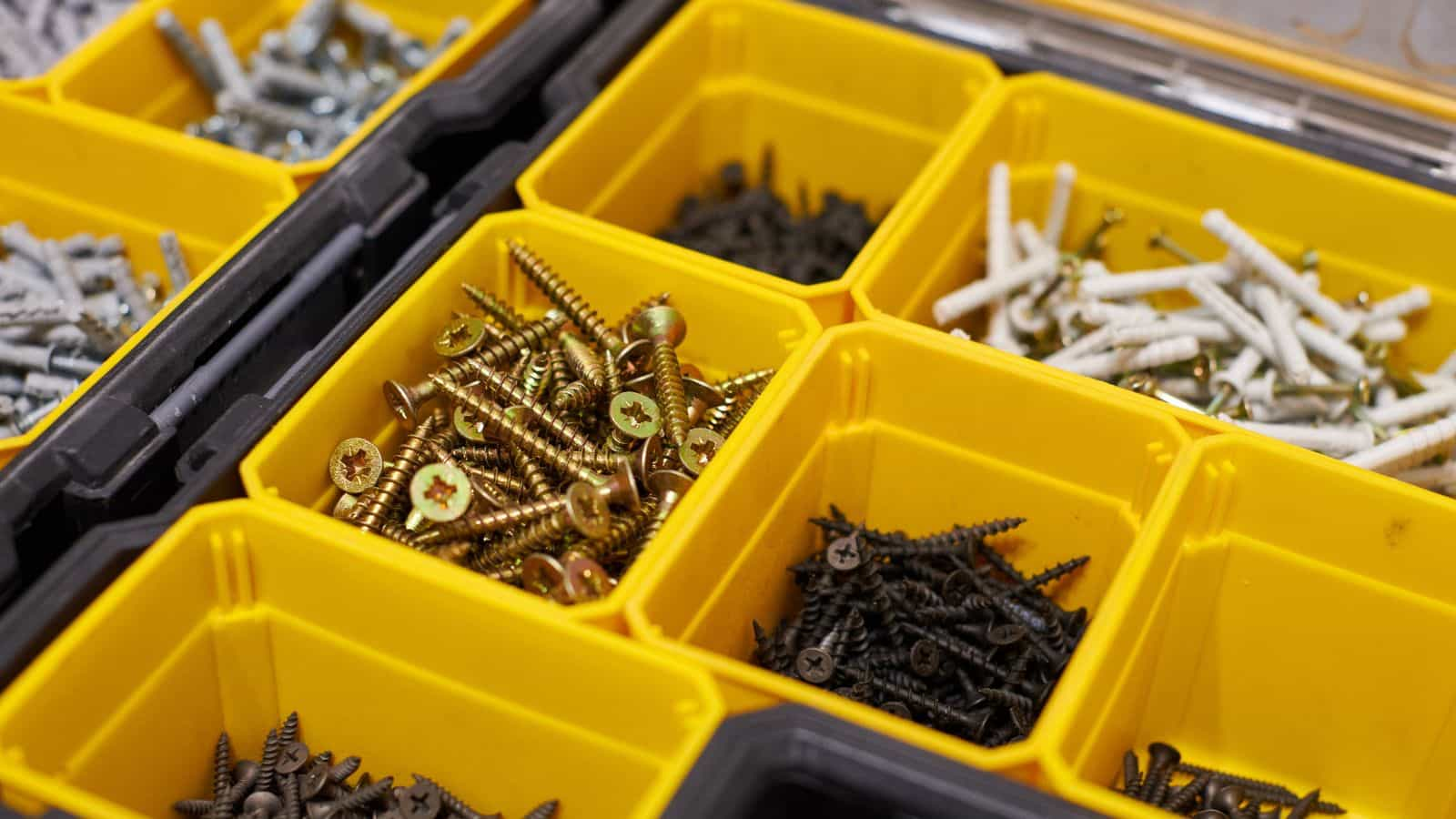What are non-inventory items in manufacturing?
Non-inventory might be more trouble to track than it’s worth. But it’s important for accounting your accounting. Here’s everything you need to know.

James Humphreys

When evaluating your inventory management, sometimes you must go back to basics.
This means looking at every aspect of your inventory and considering each element carefully. For example, what is non-inventory? How does it fit into the whole picture of a company’s inventory management? Any business that deals with creating, managing, and distributing products knows that the organization of these items is one of the most vital parts of their business model.
Most businesses wouldn’t exist without inventory assets, but what about non-inventory assets? Can they be quantified and tracked properly?
Let’s look more in-depth at a non-inventory asset, some examples of a non-inventory item, and how they are usually part of every business model, whether on purpose or by accident.
Get control over your inventory types
Thousands of businesses use Katana cloud inventory software to manage their finished goods, raw inventory, and set reorder points to maintain ideal stock levels. See Katana in action.
Defining what non-inventory items are

First of all, let’s define four key terms that are commonly used when talking about what products a company has – inventory items, non-inventory items, stock items and non-stock items.
Inventory items
An inventory item is one that is recorded on your tracking system, like Katana cloud manufacturing software. Once inputted, the software that a company uses keeps a record of every inventory item and tracks it through its journey – from receiving it in a particular stock room, its storage location, the order of said product, and the shipping and final delivery. Once an inventory item is sold, it is marked as such.
If the service you are using is like Katana, monitoring the movement of your inventory will ensure that you can minimize waste and ensure you don’t experience a stockout.
Non-inventory items
At its most basic, a non-inventory item is a product that is purchased or sold by a company, but the quantity of it is not monitored.
There are many different examples of non-inventory assets, which we will cover in more detail later, but these can include bespoke products, items purchased for company use, or even those “impulse items” that retailers place near check-outs as a temptation for shoppers. The non-inventory item may also refer to a service that a business may purchase and/or sell but not track. Interestingly, a non-inventory asset may still have a purchase order or sales order, so you can see whether it has been received or shipped, but there are no quantities logged in your management software that can provide any further information on it.
Stock items
A company’s stock items are usually seen as essential items or the backbone of the company’s business model. They are popular items that are carefully tracked so that when numbers run low, more can be ordered so that valued clients are not lost. Stock items are a good example of inventory items, as the quantity of them would definitely be monitored.
Non-stock items
Unsurprisingly, non-stock items are the exact opposite of stock items!
They are products that are probably not kept in large quantities, and this could mean that they are bespoke one-off items or perhaps seasonal products that aren’t needed to be in-stock at all times. Non-stock items could be inventory or non-inventory.
What’s the difference between inventory vs. non inventory?

There are many key differences between inventory vs. non-inventory items.
Inventory items are tracked throughout their lifetime while they are an asset to the company selling them — from raw materials, works in process, and finished goods. This helps a company to accurately value its stock for accounting purposes as well as ensuring that an in-demand item never runs out, which could cause client frustration and loss of business.
Non-inventory items, on the other hand, can still be regularly bought and sold, but the quantities, locations, and journey of them are not continuously tracked or monitored. This does of course make data entry and administrative processes easier in the short-term, but it may result in problems in the future. Because non-inventory items could be sold without stock needing to be checked, it may result in availability issues.
Further to this, a non-inventory item might not even be part of the company for that long and thus not considered to be an asset, as they might be purchased for immediate sale or installation.
Examples of non-inventory items

As we have mentioned, there are many different types of non-inventory assets, so let’s explore some of these non-inventory item examples.
Items procured for a specific job and sold quickly
This could be one item, such as a type of pipe connector needed for a piping system, or it could be many, such as 10 specific plant pots acquired for a client’s office renovation. These items don’t have to be monitored as diligently because they are customized for one job.
Dropshipping
Some say that there is an art to being a good middleman, and many ‘middle’ companies arrange dropshipping of non-inventory assets. This is where a business purchases an item from the manufacturer and then organizes it for it to be delivered directly to the end user.
Whatever the quantity, the key feature here is that the item is bought and then immediately delivered, so it never has to be inputted in the system as part of the company’s inventory.
Make-to-order
There are many examples of make-to-order products:
- Custom furniture
- Personalized jewelry
- Made-to-measure industrial components
Interestingly, a company may feature many different products on its website without stocking or manufacturing them until they are specifically ordered. All of these would be examples of non-inventory items.
Services
This is similar to the make-to-order category.
A business might list various bespoke service packages such as copywriting, gardening, or maintenance that are all sold as services but aren’t tracked as specific inventory items.
Supplies
Of course, sometimes a company buys items that it is not intending to resell – office supplies, furniture, and other commodities like this are perfect examples of non-inventory assets.
Tchotchkes (trinkets, knick-knacks or other small items and necessities)
These could be seen as the notorious ‘impulse buys’ that are relatively cheap and that so many retailers have adorning the areas around their cashiers. They could range from things like sweets and tissues, to batteries, cotton wool pads, screws, batteries, or even cereal bars! These items are most probably not tracked and thus come under the ‘non-inventory item’ category.
Five key things to understand about non-inventory items
- The quantity of non-inventory assets is not recorded
- There are many different examples of non-inventory items, ranging from inexpensive small items to high-value unique pieces
- Problems can arise from non-inventory items as their whereabouts is not always known, and the sales process may be interrupted because it is hard to automate
- Dropshipping is a common way in which companies manage non-inventory assets
- Non-inventory items are usually found as part of every company, whether intentional or unintentional
And there you have it. A quick breakdown of non-inventory items. If you’re looking for software to help you manage your business’s inventory, be sure to get a demo.
Take control of your entire inventory
Join the thousands of businesses that use Katana to manage their inventory.

James Humphreys
Table of contents
Get inventory trends, news, and tips every month
Get visibility over your sales and stock
Wave goodbye to uncertainty with Katana Cloud Inventory — AI-powered for total inventory control